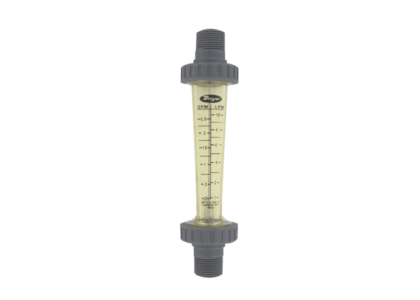Natural disasters can strike unexpectedly, causing widespread fear and disruption in various sectors, particularly in supply chains. Companies around the globe have faced significant challenges due to these events, which can range from hurricanes and floods to earthquakes and wildfires. This blog explores five case studies that illustrate how different companies managed supply chain disruptions caused by natural disasters, highlighting their strategies, successes, and lessons learned.

Case Study 1: Toyota and the 2011 Tohoku Earthquake
In March 2011, Japan was hit by a devastating earthquake and tsunami, which caused extensive damage to infrastructure and disrupted many industries, including automotive manufacturing. Toyota, one of the largest car manufacturers in the world, faced immediate challenges as its supply chain was severely affected.
Response Strategy:
Toyota implemented a robust crisis management plan that included:
– Diversifying Suppliers: The company began to source parts from multiple suppliers located in different regions to reduce dependency on any single source.
– Strengthening Relationships: Toyota enhanced collaboration with its suppliers, ensuring they had contingency plans in place.
– Real-time Monitoring: The company invested in technology to monitor its supply chain in real-time, allowing for quicker adjustments in response to disruptions.
As a result, Toyota was able to resume production faster than many competitors, demonstrating the importance of resilience and adaptability in supply chain management.
Case Study 2: Apple and the Thailand Floods
In 2011, severe flooding in Thailand disrupted many global supply chains, particularly in the electronics sector. Apple faced significant delays in the production of its products due to the flooding of key suppliers’ facilities.
Response Strategy:
Apple’s approach included:
– Supply Chain Mapping: The company conducted a thorough analysis of its supply chain to identify vulnerable areas and potential risks.
– Alternative Sourcing: Apple quickly sought alternative suppliers outside of the affected regions to maintain production levels.
– Investment in Local Infrastructure: Apple also invested in local suppliers to help them recover and improve their facilities, ensuring a more robust supply chain in the future.
Through these strategies, Apple minimized production delays and maintained its market position, showcasing the effectiveness of proactive risk management.
Case Study 3: Walmart and Hurricane Katrina
Hurricane Katrina in 2005 caused catastrophic damage along the Gulf Coast of the United States, severely impacting supply chains across various industries. Walmart, known for its efficient supply chain, faced significant challenges but also demonstrated remarkable resilience.
Response Strategy:
Walmart’s response involved:
– Emergency Logistics: The company activated its emergency logistics plan, which included pre-positioning supplies in anticipation of disasters.
– Community Support: Walmart provided immediate aid to affected communities, which helped to restore its local supply chains faster.
– Adaptation of Inventory Strategies: The company adjusted its inventory management practices to ensure that essential goods were available in the aftermath of the disaster.
Walmart’s ability to adapt quickly and support local communities not only helped it recover swiftly but also strengthened its brand loyalty among consumers.
Case Study 4: Procter & Gamble and Hurricane Harvey
In 2017, Hurricane Harvey caused widespread flooding in Texas, disrupting supply chains for many companies, including Procter & Gamble (P&G). The company faced challenges in distributing its products to affected areas.
Response Strategy:
P&G’s response included:
– Rapid Assessment: The company conducted a rapid assessment of the damage to its supply chain and distribution centers.
– Collaboration with NGOs: P&G partnered with non-governmental organizations to distribute essential products to affected communities.
– Flexible Distribution: The company adapted its distribution strategies, using alternative routes and modes of transportation to reach consumers.
By leveraging partnerships and maintaining flexibility, P&G was able to navigate the disruptions effectively and continue to serve its customers.
Case Study 5: Coca-Cola and the Drought in Brazil
In 2014, Brazil experienced a severe drought that affected water supply and agricultural production, impacting Coca-Cola’s operations in the region. The company faced challenges in sourcing ingredients for its beverages.
Response Strategy:
Coca-Cola’s approach involved:
– Water Conservation Initiatives: The company implemented water conservation programs to reduce its water usage and promote sustainability.
– Local Sourcing: Coca-Cola increased its focus on sourcing ingredients locally to minimize the impact of supply chain disruptions.
– Community Engagement: The company engaged with local communities to support agricultural practices that enhance resilience to drought.
Coca-Cola’s proactive measures not only helped mitigate the impact of the drought on its supply chain but also reinforced its commitment to sustainability and community support.




